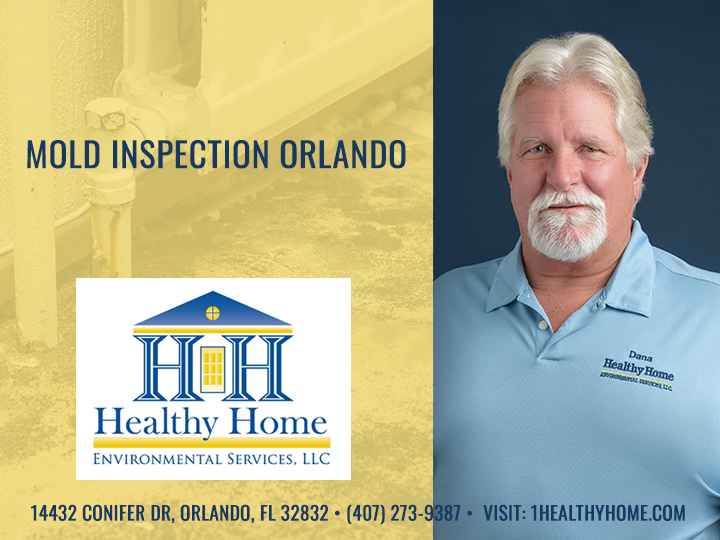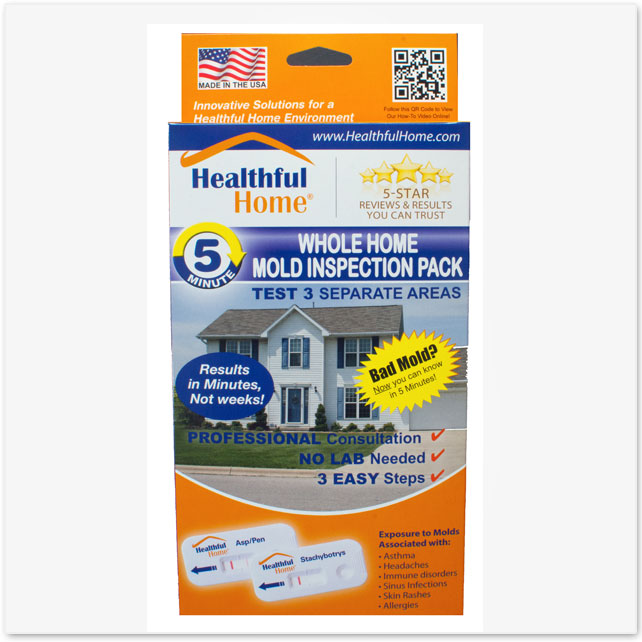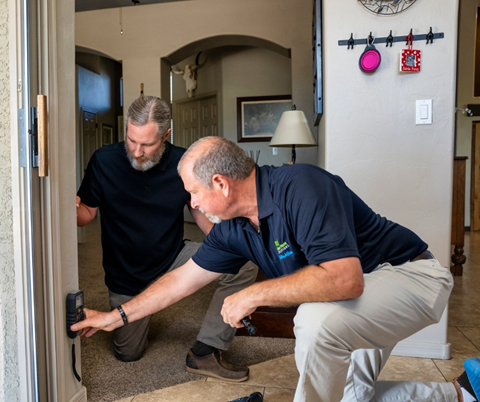The Function of Mycotoxin testing Services in Food and Feed Safety
Why Mycotoxin Screening Services Are Crucial for Protecting Public Health
The significance of mycotoxin screening solutions in protecting public wellness can not be overstated. Mycotoxins, harmful compounds generated by fungis, pose serious wellness threats such as liver damage and cancer when existing in food and feed.
Recognizing Mycotoxins
Recognizing mycotoxins is critical for ensuring food safety and safeguarding public wellness. Mycotoxins are toxic substances produced by certain sorts of fungis, frequently discovered in food and feed crops. These fungis can proliferate in a selection of conditions, particularly in warm and humid atmospheres, leading to contamination throughout pre-harvest, storage space, or processing stages. The most prevalent mycotoxins include aflatoxins, ochratoxin A, fumonisins, and trichothecenes, each with unique chemical structures and toxicological buildings.
The existence of mycotoxins in foods can endanger their security and quality. They are immune to traditional food handling methods, thereby continuing in the food supply chain and positioning possible threats. Regulatory bodies worldwide, such as the Food and Farming Organization (FAO) and the World Wellness Organization (WHO), have actually set rigid limits on appropriate degrees of mycotoxins in foodstuff to minimize their unfavorable results.
Effective mycotoxin administration entails extensive tracking and testing to detect and measure their degrees in farming products. This positive technique aids in determining infected sets early, thereby avoiding their intro right into the marketplace. Carrying out rigorous mycotoxin controls is important for keeping food safety and security standards and guarding consumer wellness.
Health And Wellness Threats of Mycotoxins

Exposure to mycotoxins positions significant health risks to both animals and humans, necessitating watchful monitoring and control actions. These poisonous additional metabolites, created by certain fungis, can contaminate food and feed, leading to chronic and intense health and wellness issues. In human beings, mycotoxins such as aflatoxins, fumonisins, and ochratoxins can cause a variety of unfavorable results, including liver damages, kidney toxicity, immune reductions, and even cancer causing impacts. Aflatoxins have been identified as Group 1 health hazards by the International Company for Study on Cancer (IARC), showing a tested link to liver cancer.

Provided these extreme health effects, it is critical to carry out durable mycotoxin testing methods. Accurate discovery and metrology of mycotoxins in food and feed are important to mitigate health and wellness threats and make certain animal and public safety.
Typical Resources of Contamination

In enhancement to grains, nuts such as almonds, pistachios, and peanuts are highly susceptible to mycotoxin contamination. Aflatoxins, a potent type of mycotoxin, are generally located in these nuts, particularly when storage space conditions are suboptimal. Dried fruits, consisting of figs, raisins, and apricots, additionally existing fertile premises for fungal development due to their high sugar material and moisture-retaining homes.
Furthermore, contamination is not limited to raw farming items. Processed foods, animal feeds, and milk items can additionally include mycotoxins if the first ingredients were contaminated. This prolongs the threat of direct exposure throughout the food supply chain, necessitating strict surveillance and control measures.
Comprehending the typical resources of mycotoxin contamination is important for applying effective preventative websites techniques. Mitigating these risks at the source can dramatically lower the occurrence of mycotoxin-related health issues, safeguarding public wellness.
Checking Protocols and methods
Advanced logical methods are employed to detect and evaluate mycotoxins in numerous substratums, making sure public health safety. High-Performance Fluid Chromatography (HPLC) paired with mass spectrometry (MS) is a gold requirement in mycotoxin testing, providing high sensitivity and specificity.
An additional commonly used approach is Enzyme-Linked Immunosorbent Assay (ELISA), which uses rapid testing and is cost-effective for large sample volumes - Mycotoxin testing Services. ELISA packages are useful because of their ease of use and quick turnaround time, making them suitable for on-site reference testing
Tasting protocols are just as important. Correct tasting guarantees that the accumulated specimens are depictive of the entire set, thus lessening the danger of incorrect downsides or positives. Adherence to established standards, such as those supplied by the International Company for Standardization (ISO) and the European Committee for Standardization (CEN), is vital for preserving uniformity and reliability throughout screening practices.
Rigorous recognition of these approaches and protocols is essential. It makes sure reproducibility and precision, thereby fortifying the stability of mycotoxin administration systems.

Advantages of Routine Testing
In the world of food safety and farming high quality control, the benefits of normal mycotoxin testing can not be overstated. Regular testing ensures that farming products satisfy safety requirements, thus shielding consumers from the harmful results of mycotoxins, that include liver damages, immune suppression, and also cancer. By determining contaminated batches early, normal testing enables timely treatment, stopping such items from going into the food web.
Additionally, normal mycotoxin screening is critical for keeping the integrity and online reputation of food producers and vendors. Firms that commit to routine screening demonstrate their devotion to public health and food security, consequently gaining consumer count on and commitment. This aggressive approach can likewise minimize financial losses connected with product remembers, lawful responsibilities, and potential trade limitations.
Regular mycotoxin testing guarantees adherence to national and Recommended Reading international standards, assisting in smooth trade operations and market access. Ultimately, normal mycotoxin screening not only safeguards public health yet additionally fortifies the economic security and worldwide competition of the farming market.
Final Thought
Mycotoxin testing solutions play an important duty in public wellness protection by determining and mitigating the threats presented by hazardous fungal compounds in food and feed. By finding contamination early, these services protect against severe health concerns such as liver damage and cancer cells, making sure conformity with regulative standards. Routine testing improves consumer depend on, supports the stability of the agricultural field, and eventually adds to the securing of food safety and public health and wellness.
The significance of mycotoxin screening solutions in protecting public wellness can not be overemphasized.Understanding mycotoxins is important for making certain food security and shielding public health. Mycotoxin testing Services. Governing bodies worldwide, such as the Food and Agriculture Organization (FAO) and the World Wellness Company (THAT), have established stringent limitations on appropriate levels of mycotoxins in food products to alleviate their adverse impacts
Inevitably, normal mycotoxin testing not only shields public health however additionally strengthens the economic stability and worldwide competition of the farming industry.
Mycotoxin screening solutions play an important duty in public wellness protection by identifying and alleviating the dangers postured by harmful fungal substances in food and feed.